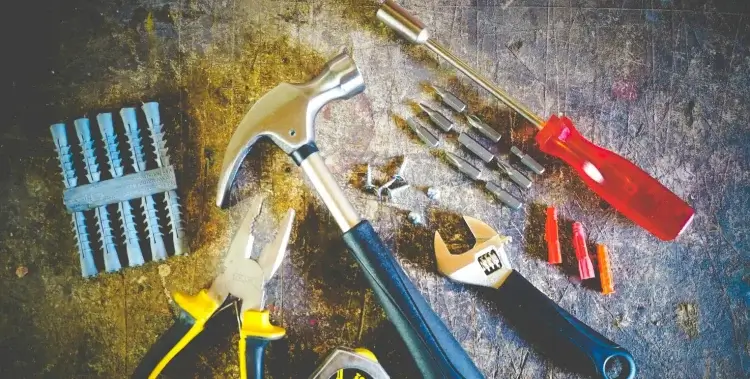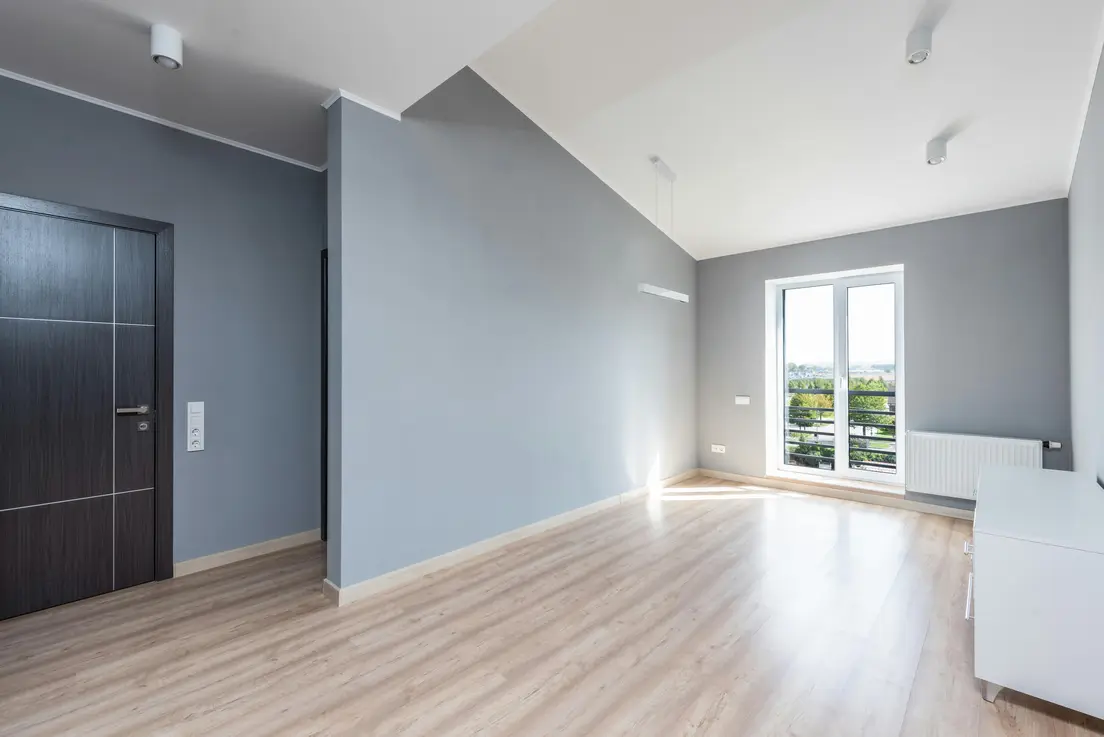Handling small repairs by yourself can be incredibly rewarding. Not only do you save money by not hiring professionals, but you also gain a sense of pride and accomplishment. Plus, knowing how to fix minor problems can come in handy in emergencies.
Essential Tools for DIY Repairs
Before getting started with DIY repairs, make sure you have the right tools on hand. Here’s a list of essential tools:
- Hammer
- Screwdrivers (both flathead and Phillips)
- Adjustable wrench
- Plunger
- Utility knife
- Level
- Tape measure
- Pliers
- Drill
Fixing a Leaky Faucet
A leaky faucet can be quite annoying and may seem difficult to fix, but it’s often a simple task. First, turn off the water supply to avoid any mess. Use a wrench to remove the faucet handle and take a look at the O-ring and washer. Most of the time, these pieces wear out and need to be replaced. Simply swap them out for new ones and reassemble the faucet.
Patch Up Small Holes in Walls
Patching up small holes in drywall is an easy fix that can make your home look much better. Use a putty knife to fill the hole with spackling or wall joint compound. Once it’s dry, sand it down until it’s smooth. Apply a coat of primer and then paint over the spot to match the rest of the wall.
Unclogging a Sink
A clogged sink is a common issue that can usually be resolved without calling a plumber. First, remove any visible debris from the drain. If the sink is still clogged, try using a plunger. For stubborn clogs, a drain snake might be necessary to clear out the obstruction.
Fixing Squeaky Doors
A squeaky door can be a nuisance but is usually easy to fix. Often, the hinge is the culprit. Spray a lubricant like WD-40 onto the hinges and move the door back and forth to work it in. If that doesn’t solve the problem, consider removing the hinge pins and applying some petroleum jelly or even bar soap before reinserting them.
Replacing a Broken Tile
If you have a cracked or broken tile, it can be quite noticeable. To replace it, start by carefully removing the grout around the damaged tile using a grout saw. Once the grout is removed, use a chisel to gently lift out the broken tile. Spread adhesive on the back of a new tile and place it into the vacant spot. After it’s set, apply new grout around the edges and wipe away any excess with a damp sponge.
Adjusting Cabinet Doors
If your cabinet doors aren’t closing properly, it’s usually because the hinges are out of alignment. Most hinges have screws that allow you to adjust the position of the doors. Use a screwdriver to make small adjustments until the door aligns properly and closes smoothly.
Refinishing Wood Furniture
Refinishing wood furniture can breathe new life into old pieces. Start by sanding the piece thoroughly to remove the old finish. Wipe it down with a damp cloth to remove dust. Once it’s dry, apply a new stain or paint, followed by a coat of sealant to protect the new finish.
Replacing Light Switches
If a light switch isn’t working properly, replacing it is usually straightforward. First, turn off the power to the switch at your circuit breaker. Remove the switch plate and unscrew the switch from the electrical box. Disconnect the wires and attach them to the terminals on the new switch. Secure the new switch in place and turn the power back on to test it.
Dealing with Stuck Windows
Windows can get stuck due to paint, swelling, or other factors. To fix this, use a utility knife to cut along the edges where the window and frame meet. You can also try using a flat pry bar to gently lift the window. If swelling is the issue, sanding down problematic areas on the window frame might help it slide more smoothly.
Fixing Running Toilets
A constantly running toilet can waste a lot of water. The most common cause is a faulty flapper that doesn’t seal properly. Turn off the water supply, flush the toilet to drain the tank, then inspect the flapper and replace it if it’s worn out. You may also need to adjust or replace the chain that connects the flapper to the handle.

















